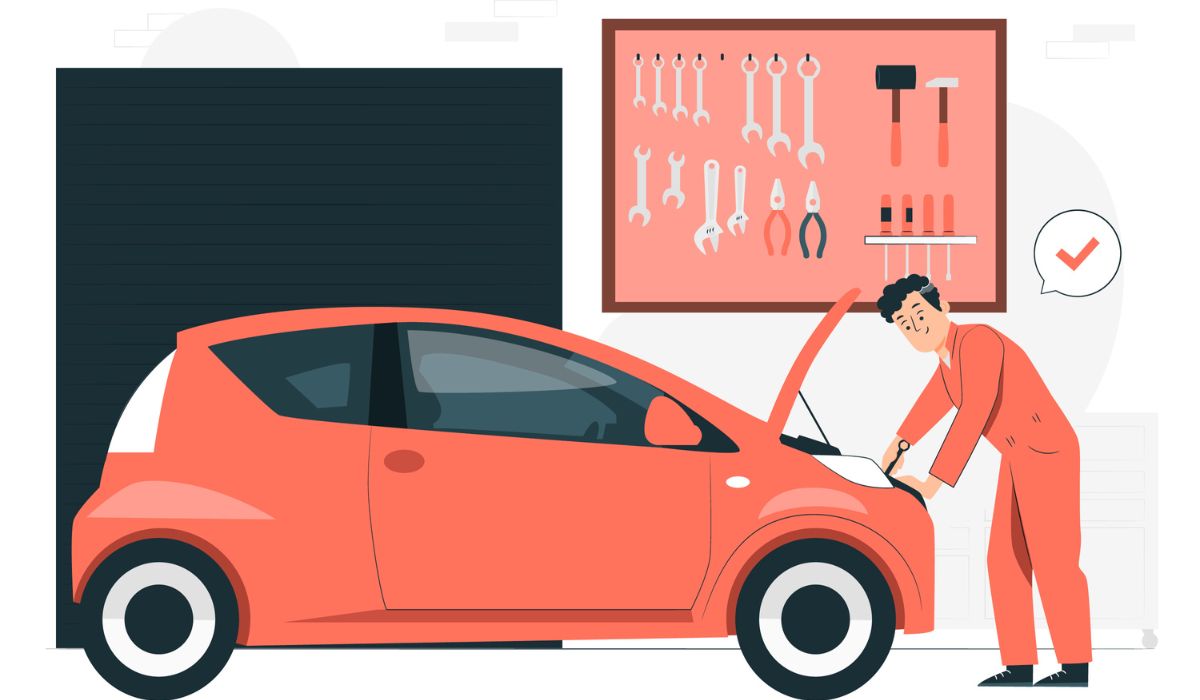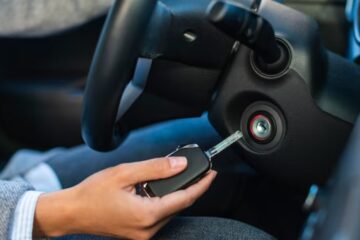One of the key responsibilities of car owners is repairing a vehicle after an accident. An accident is traumatic, whether it leaves a small dent or severe damage. It is advised to take your car to a trustworthy auto body repair shop for immediate repairs. Getting timely car restoration provides you with mind comfort and a safe journey. If you want to experience high quality repairs, relying on a professional smash repair in Perth service provider is the best.
Many car owners are not familiar that some factors directly influence your car smash repair process. If you want to settle on results from a vehicle restoration shop, keep reading. Our blog post covers the most crucial factors that are known to impact the smash repair process. Empower yourself with the knowledge and navigate all repair processes with confidence.
Factors Influencing the Car Smash Repair Process
Sometimes, understanding the repair process feels like you are lost in a maze. The nuances of navigating the process come with some fundamental factors. Let’s explore them and understand how they affect the accident repair process.
The blog covers:
- Extent of Damage
- Type and Make of the Vehicle
- Availability of Spare Parts
- Insurance Company Involvement
- Choice of Smash Repair Shop
- Compliance with Safety Standards
- Repair Techniques and Equipment Used
Extent of Damage
The damages sustained by your automobile play a substantial role in the overall repair process. Being in a minor collision leaves scratches and small dents. They can be repaired within a day or two. However, if the damage goes beyond minor repairs, it slows down the repair process. Similarly, the extent of damage affects the cost of repairs. More damage results in expensive vehicle restoration.
Type and Make of the Vehicle
Another triggering factor in the vehicle mending process is the design and build of the car. The luxury vehicles have advanced systems that require extra care during repair. Consequently, the time of repair gets longer as every sensor needs to be placed perfectly. The cost of repairing these rare models requires skilled technicians, causing higher repair costs. On the other hand, the mainstream cars with no latest features require less time and money.
Availability of Spare Parts
This factor plays a defining role in most of the repair processes. If the required parts are not available locally, such as bumpers, panels, and lights, they are ordered from suppliers. Parts for luxury vehicles are difficult to source and may take many weeks. This delay halts the entire repair process, causing turbulence for automobile owners and repairers. Moreover, some high end parts are expensive and hard to obtain, extending the repair timeline.
Insurance Company Involvement
When a car owner involves an insurance company for damage coverage, it requires a specific procedure. It includes waiting for an insurance assessor to inspect your car’s damages, getting quotes approved, and submitting paperwork. This detailed process slows down the vehicle accident repair process. Some insurance companies have their preferred auto body repair shops. It can influence when, where, and how your car gets fixed.
Choice of Smash Repair Shop
Not all smash repair shops operate the same way. A certified auto repair shop has highly trained mechanics. Additionally, reputable workshops have efficient workflows and industry grade equipment, providing swift and better repairs. On the other hand, choosing a smash repair shop with less experienced technicians who are understaffed will cause delayed repairs. Leaning on the perfect garage makes a world of a difference in time frame and quality of damage repair.
Adherence to Safety Protocols
Strictly showing compliance to safety standards is another determinant for the car smash repair process. A professional workshop sticks to safety guidelines and industry standardized tools, especially when dealing with airbags, sensors, and other components. Working with these components requires extra care, thorough checks, and quality control. Cutting corners to save time leads to compromised safety and long term problems.
Repair Techniques and Equipment Used
Shops that use proficient repair techniques and modern equipment complete vehicle repairs rapidly and precisely. For instance, many up to date workshops have started using paintless dent removal (PDR) to eliminate small to moderate dents. Similarly, using spray booths and computerized chassis alignment provides better results. Using outdated techniques and manual labor decreases the efficiency of the repair process and may increase the time frame.
What a Professional Repair Process Looks Like
The outline below is a gist of how an expert car repair process works.
- Initial Assessment
- Finding a Competent Repair Shop
- Obtaining a Price Quote
- Disassembly of the Vehicle
- Structural Repairs
- Minor Body Work
- Primer and Painting
- Quality Control and Testing
- Completing Assembly and Refinishing
Conclusion
Coping with the aftermath of the collision is overpowering, especially when repairs are involved. This blog covered the seven factors that impact the repair process. The damage level, the model of the automobile, and the spare parts availability influence the cost and timeframe of the car repair process.
Furthermore, the involvement of the insurance company, choosing the workshop, and the techniques they use also affect the accident damage repairs.




